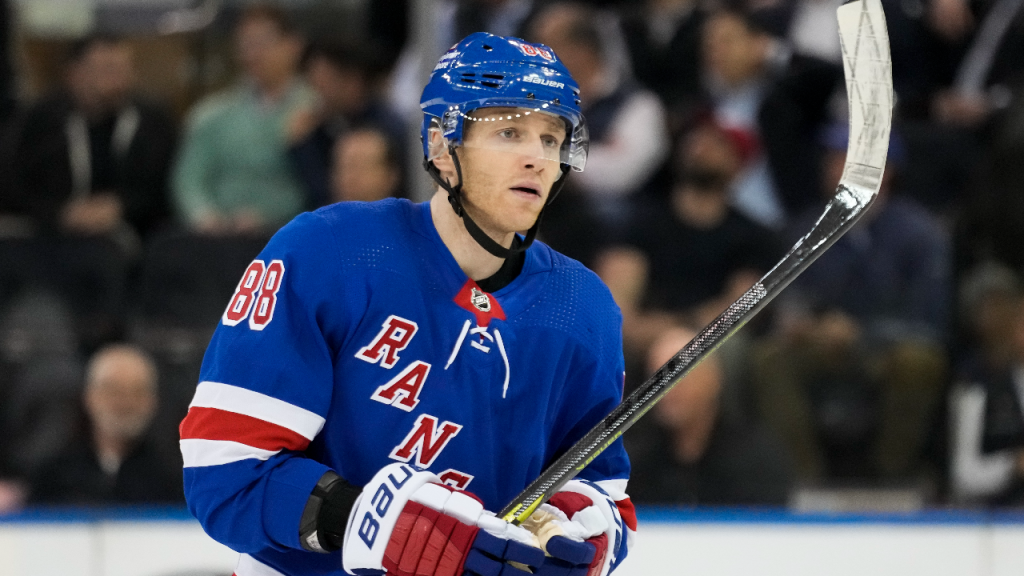


Patrick Kane made his decision, and it’s the Detroit Red Wings.
Sportsnet’s Elliotte Friedman broke the news early Tuesday morning after speculation continued to grow that Kane was leaning toward Motown over the Florida Panthers.
Perhaps the initial shock of Kane landing in Detroit has worn off a bit considering it’s something that we’ve been hearing about now for the past several weeks, really ever since the team signed DeBrincat over the summer and a reunification between the former Blackhawks linemates all of a sudden became possible. Surprisingly, the Red Wings managed to sign Kane for just one year and $2.75 million without any added conditions. Surprising in the sense that you should still consider Florida ahead of the Red Wings in terms of not only competing for the playoffs but competing for the Stanley Cup.
So why did Kane pick Detroit?
Was it where Detroit is ultimately at in the rebuild? Was it the chance to play once again with DeBrincat? All I’m sure factored in. However, Emily Kaplan also noted on Twitter that it was the Red Wings’ head coach Derek Lalonde’s “hockey acumen” that caught his eye.
Now the bigger question is where does this put Detroit competitively in a loaded Eastern Conference?
First and foremost, Kane is a dirtbag of a player given the off-ice issues. There shouldn’t be any denying that. There’s no question though that the Red Wings needed to add a player up front with Kane’s skillset if they were not only going to be able to sustain what they’ve been able to do offensively so far this season but also compete for a playoff spot.
The concerns on the other hand surround Kane ultimately being able to recover from hip resurfacing surgery. Detroit doesn’t need him to be the player he was 10 years ago, just a guy who can keep them competitive enough to keep up in a deep Eastern Conference. Moreover, it’s important to consider Kane’s defensive limitations, which may cause concern given Detroit’s struggles on the blueline this season. His signing could potentially disrupt the current defensive pairings — which in the long run may not be a bad thing.










